Home>Home Appliances>Home Automation Appliances>How To Work Thermostat Controls
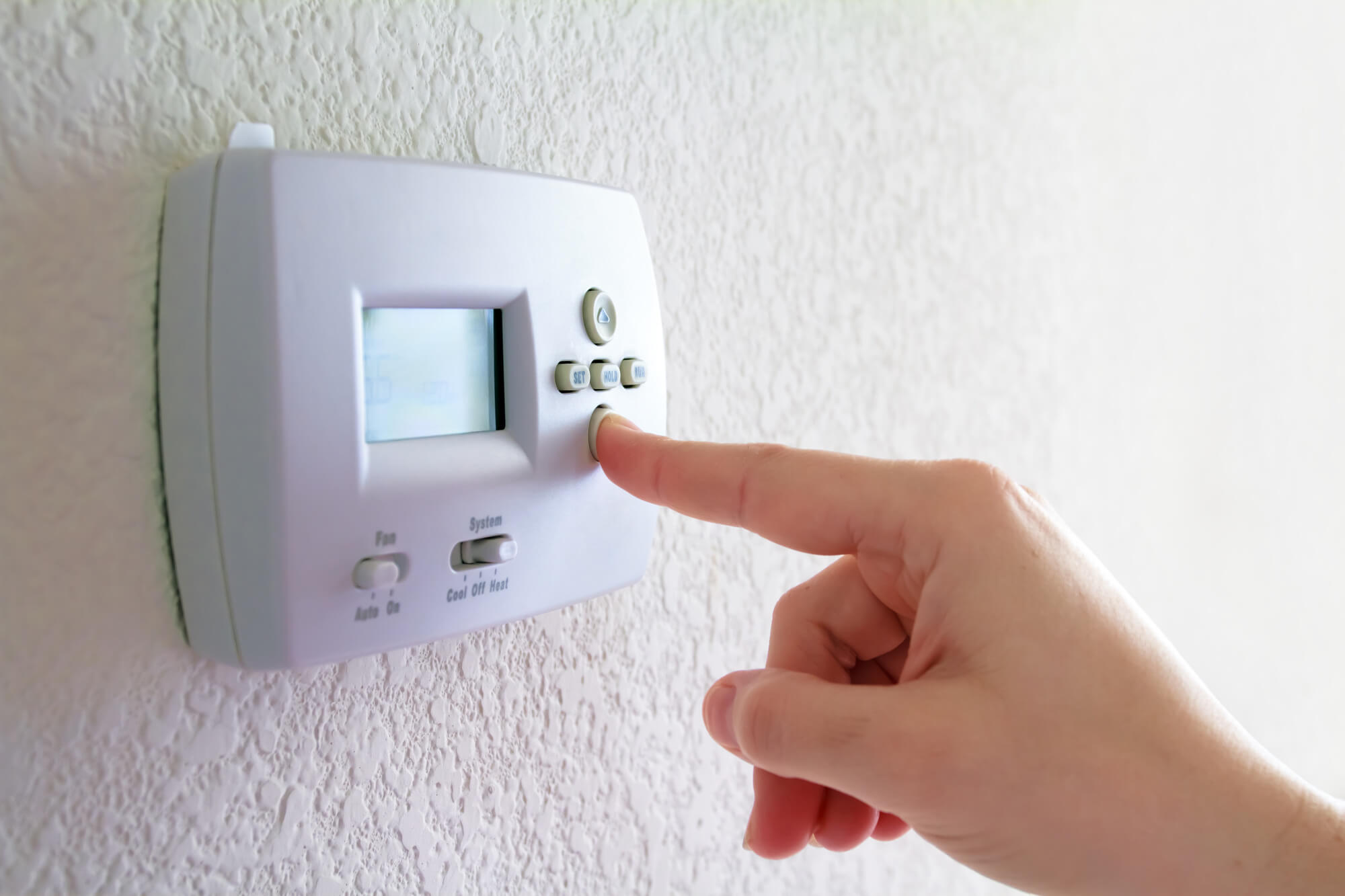

Home Automation Appliances
How To Work Thermostat Controls
Modified: January 4, 2024
Learn how to efficiently work thermostat controls and manage your home automation appliances with our comprehensive guide. Simplify your life with smart home technology!
(Many of the links in this article redirect to a specific reviewed product. Your purchase of these products through affiliate links helps to generate commission for Storables.com, at no extra cost. Learn more)
Introduction
Welcome to the world of smart home automation, where convenience and comfort intersect seamlessly. Among the array of devices designed to elevate your living space, the thermostat stands as a pivotal component. Its ability to regulate the indoor temperature not only fosters a cozy atmosphere but also contributes to energy efficiency and cost savings.
In this comprehensive guide, we will delve into the intricacies of thermostat controls, empowering you to harness the full potential of this indispensable device. Whether you're a newcomer to the realm of home automation or seeking to optimize your existing setup, understanding thermostat controls is essential for maintaining a harmonious indoor environment.
As we embark on this journey, we will unravel the nuances of setting and programming the thermostat, equipping you with the knowledge to tailor your home's climate to your exact preferences. Moreover, we will address common troubleshooting issues, ensuring that you can swiftly overcome any obstacles that may arise in the realm of thermostat management.
By the end of this guide, you will possess a comprehensive understanding of thermostat controls, enabling you to wield this powerful tool with confidence and finesse. Let's embark on this enlightening exploration of thermostat controls, where comfort, efficiency, and innovation converge to enrich your daily living experience.
Key Takeaways:
- Master thermostat controls to create a cozy home environment and save energy. Understand temperature adjustment, programming, and troubleshooting for seamless climate management.
- Thermostat controls offer personalized climate management, optimizing comfort and energy efficiency. Embrace smart thermostat features for a harmonious living space.
Read more: What Breaker Controls Thermostat
Understanding Thermostat Controls
Before delving into the operational intricacies of a thermostat, it’s essential to comprehend the fundamental controls that facilitate its functionality. Most modern thermostats feature a user-friendly interface, typically comprising a digital display and tactile buttons for seamless navigation. The primary controls include:
- Mode Selection: This control allows you to choose between heating, cooling, and fan-only modes, enabling you to customize the operation of your HVAC system based on the prevailing climate conditions.
- Temperature Adjustment: By utilizing the temperature adjustment controls, you can fine-tune the desired indoor temperature to align with your comfort preferences. This feature empowers you to create a personalized climate within your living space.
- Programmable Settings: Many thermostats offer programmable settings, enabling you to schedule temperature adjustments throughout the day. This functionality fosters energy efficiency by automatically adjusting the temperature when you’re away or asleep, thereby reducing unnecessary heating or cooling.
- Display and Navigation: The digital display provides real-time feedback on the current temperature and system status. Additionally, intuitive navigation buttons allow for seamless access to various settings and operational modes.
Understanding these fundamental controls is pivotal in harnessing the full potential of your thermostat. Whether you’re seeking to optimize comfort, conserve energy, or streamline your home’s climate management, familiarity with these controls is the cornerstone of effective thermostat utilization.
As we proceed, we will delve deeper into the practical application of these controls, elucidating the nuances of temperature setting, programming, and troubleshooting. By mastering the intricacies of thermostat controls, you will be well-equipped to orchestrate a harmonious and energy-efficient indoor environment tailored to your unique needs and preferences.
Setting the Temperature
Adjusting the temperature on your thermostat is a straightforward yet impactful endeavor that directly influences the comfort and energy efficiency of your living space. Whether you’re aiming to create a cozy ambiance during the winter months or maintain a refreshing coolness in the summer, mastering the art of temperature setting is essential.
Most thermostats offer intuitive controls for temperature adjustment, typically involving the use of up and down buttons or a touchscreen interface. To set the temperature to your desired level, simply navigate to the temperature adjustment section of the thermostat and input the preferred value. Whether you opt for a precise numerical temperature or an incremental adjustment, the thermostat seamlessly translates your input into actionable commands for your HVAC system.
When setting the temperature, it’s essential to consider the ideal balance between comfort and energy efficiency. During the colder months, aim for a temperature that fosters coziness while minimizing unnecessary energy consumption. Conversely, in warmer weather, strive to maintain a refreshing indoor climate without overburdening your cooling system.
For those with programmable thermostats, the ability to schedule temperature adjustments throughout the day further enhances the customization and efficiency of your home’s climate management. By programming lower temperatures during periods of absence or sleep and adjusting them before your return or waking hours, you can optimize energy usage without compromising comfort.
Mastering the art of temperature setting empowers you to curate a personalized indoor environment that caters to your unique comfort preferences while promoting energy conservation. Whether you’re seeking warmth on a chilly evening or a cool retreat from the summer heat, your adeptness in temperature setting will serve as a cornerstone of your home’s climate control strategy.
As we move forward, we will explore the advanced capabilities of programmable thermostats, delving into the intricacies of scheduling temperature adjustments to maximize comfort and energy efficiency throughout your daily routine.
Set the thermostat to a comfortable temperature and leave it alone. Constantly adjusting it can waste energy and make your HVAC system work harder.
Programming the Thermostat
Embracing the advanced functionality of a programmable thermostat elevates your climate control capabilities to new heights, fostering unparalleled convenience, comfort, and energy efficiency. By harnessing the power of programmable settings, you can orchestrate a seamless and adaptive temperature schedule that aligns with your daily routine and comfort preferences.
The process of programming a thermostat typically involves accessing the scheduling feature via the thermostat’s interface or a dedicated mobile app. Once within the programming interface, you can define temperature setpoints for various times of the day, allowing for automatic adjustments that cater to your lifestyle and occupancy patterns.
When crafting a temperature schedule, consider the following factors:
- Occupancy: Schedule lower temperatures when the house is unoccupied, such as during work hours or nighttime, and higher temperatures during periods of activity.
- Sleep Schedule: Program a slightly lower temperature during sleeping hours to promote restful slumber while optimizing energy usage.
- Weather Adaptation: Leverage the thermostat’s adaptive capabilities to adjust the temperature based on external weather conditions, ensuring optimal comfort and energy conservation.
By tailoring the thermostat’s programming to your daily rhythm, you can seamlessly synchronize your home’s climate with your lifestyle, all while minimizing energy waste and maximizing comfort. The ability to predefine temperature schedules alleviates the need for manual adjustments, allowing the thermostat to autonomously manage your home’s climate according to your preferences.
Moreover, with the advent of smart thermostats, the integration of advanced features such as geofencing and machine learning algorithms further refines the programming process, enabling the thermostat to adapt to your habits and occupancy patterns with remarkable precision.
As you delve into the realm of thermostat programming, you will unlock a realm of personalized climate management that harmonizes seamlessly with your lifestyle, fostering an environment of comfort, efficiency, and innovation within your living space.
Next, we will explore common troubleshooting issues that may arise during the use of a thermostat, equipping you with the knowledge to swiftly address and resolve potential challenges, ensuring uninterrupted comfort and climate control within your home.
Troubleshooting Common Issues
While thermostats are designed to operate seamlessly, occasional issues may arise that hinder their optimal functionality. By familiarizing yourself with common troubleshooting techniques, you can swiftly address these challenges and restore your thermostat to its peak performance, ensuring uninterrupted climate control within your home.
Here are some common issues and their troubleshooting steps:
- Inaccurate Temperature Reading: If your thermostat displays an inaccurate temperature reading, it may lead to discomfort or energy inefficiency. To address this, consider recalibrating the thermostat or relocating it to a more suitable position within your home to ensure accurate temperature sensing.
- Unresponsive Controls: In the event of unresponsive controls, start by checking the power source and replacing the batteries if necessary. Additionally, verify that the thermostat’s wiring is intact and properly connected to the HVAC system.
- Uneven Heating or Cooling: If certain areas of your home experience inconsistent temperatures, it may indicate airflow or ductwork issues. Ensure that vents are unobstructed and that the HVAC system’s filters are clean and unblocked, allowing for optimal air distribution.
- Programming Errors: Should you encounter difficulties with programming your thermostat, refer to the user manual for step-by-step guidance. Resetting the thermostat to its factory settings and reprogramming it from scratch can also resolve programming-related issues.
By addressing these common issues proactively, you can uphold the efficiency and reliability of your thermostat, fostering a consistent and comfortable indoor environment while optimizing energy usage.
For those utilizing smart thermostats, troubleshooting techniques may extend to addressing connectivity issues, app-related discrepancies, or firmware updates to ensure seamless integration and operation within your home automation ecosystem.
By familiarizing yourself with these troubleshooting strategies, you can navigate potential challenges with confidence, safeguarding the uninterrupted functionality of your thermostat and preserving the comfort and efficiency of your home’s climate control system.
As we conclude this guide, you are now equipped with a comprehensive understanding of thermostat controls, encompassing temperature setting, programming, and troubleshooting. By harnessing this knowledge, you can orchestrate an optimal indoor climate that aligns with your comfort preferences while promoting energy efficiency and cost savings. Whether you’re embarking on a journey into the realm of smart home automation or seeking to enhance your existing setup, the mastery of thermostat controls is a gateway to a harmonious and personalized living environment.
Read more: How To Set A Johnson Controls Thermostat
Conclusion
Congratulations on embarking on this enlightening exploration of thermostat controls. By delving into the intricacies of temperature setting, programming, and troubleshooting, you have unlocked the key to orchestrating a harmonious and energy-efficient indoor environment within your home.
As you navigate the realm of smart home automation, the thermostat stands as a pivotal device, offering the power to customize your living space’s climate with precision and finesse. Whether you’re seeking to optimize comfort, conserve energy, or synchronize your home’s climate with your daily routine, the adept utilization of thermostat controls is essential.
From the fundamental controls of mode selection and temperature adjustment to the advanced capabilities of programmable settings and smart thermostat integration, you have gained a comprehensive understanding of the tools at your disposal. By harnessing these controls, you can curate a personalized indoor environment that caters to your unique comfort preferences while promoting energy conservation.
Moreover, by familiarizing yourself with common troubleshooting techniques, you can swiftly address potential issues and ensure uninterrupted comfort and climate control within your home. Whether it’s recalibrating the thermostat for accurate temperature sensing or resolving programming errors, your newfound expertise empowers you to maintain the efficiency and reliability of your thermostat.
As you apply this knowledge to your daily life, you are poised to elevate your home’s living experience, fostering an environment of comfort, efficiency, and innovation. Whether you’re embracing the convenience of smart thermostats or optimizing the functionality of your existing device, the mastery of thermostat controls is your gateway to a harmonious and personalized living space.
Thank you for embarking on this journey of discovery and empowerment. May your newfound expertise in thermostat controls enrich your daily living experience, fostering a seamless convergence of comfort, efficiency, and innovation within your home.
Frequently Asked Questions about How To Work Thermostat Controls
Was this page helpful?
At Storables.com, we guarantee accurate and reliable information. Our content, validated by Expert Board Contributors, is crafted following stringent Editorial Policies. We're committed to providing you with well-researched, expert-backed insights for all your informational needs.
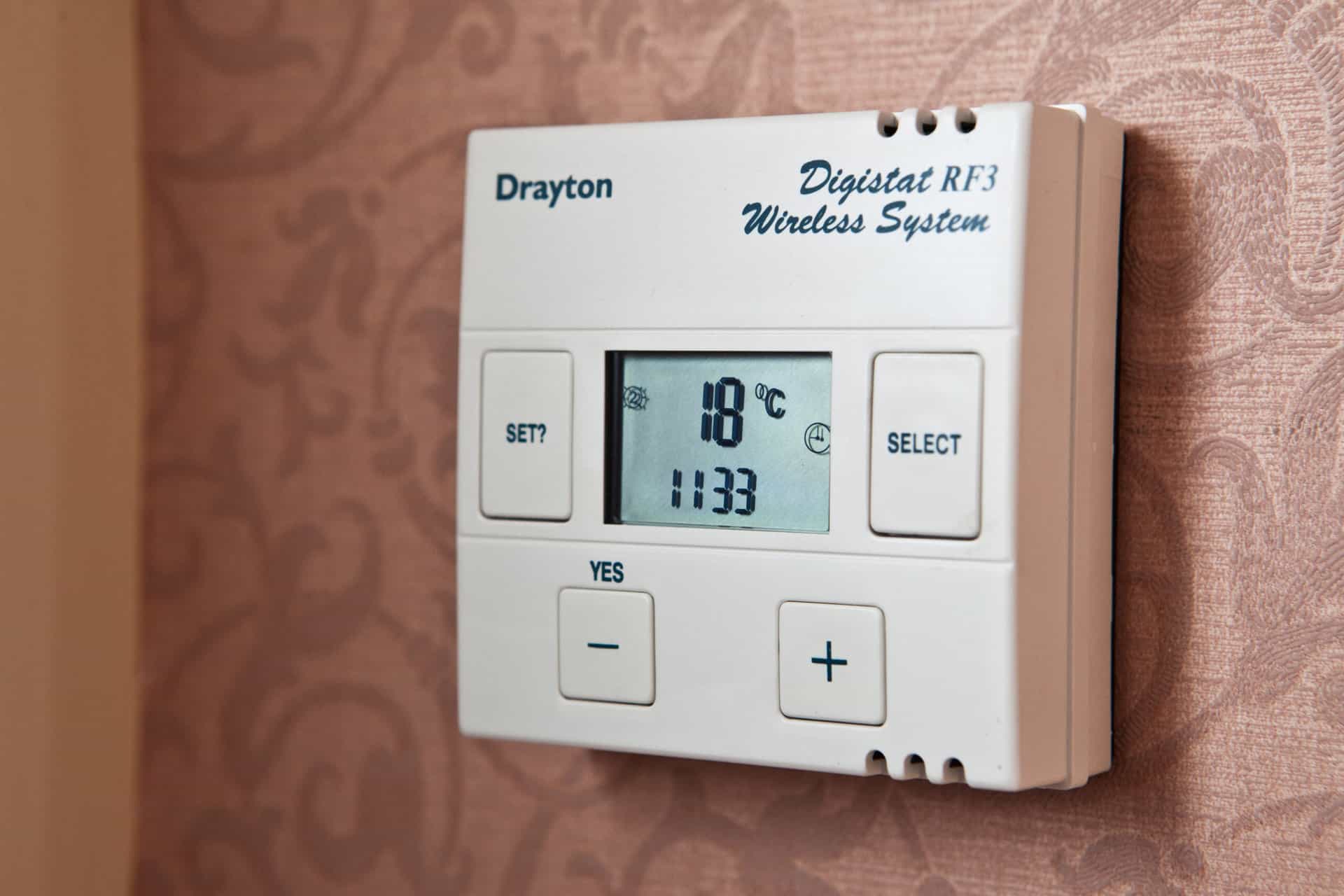
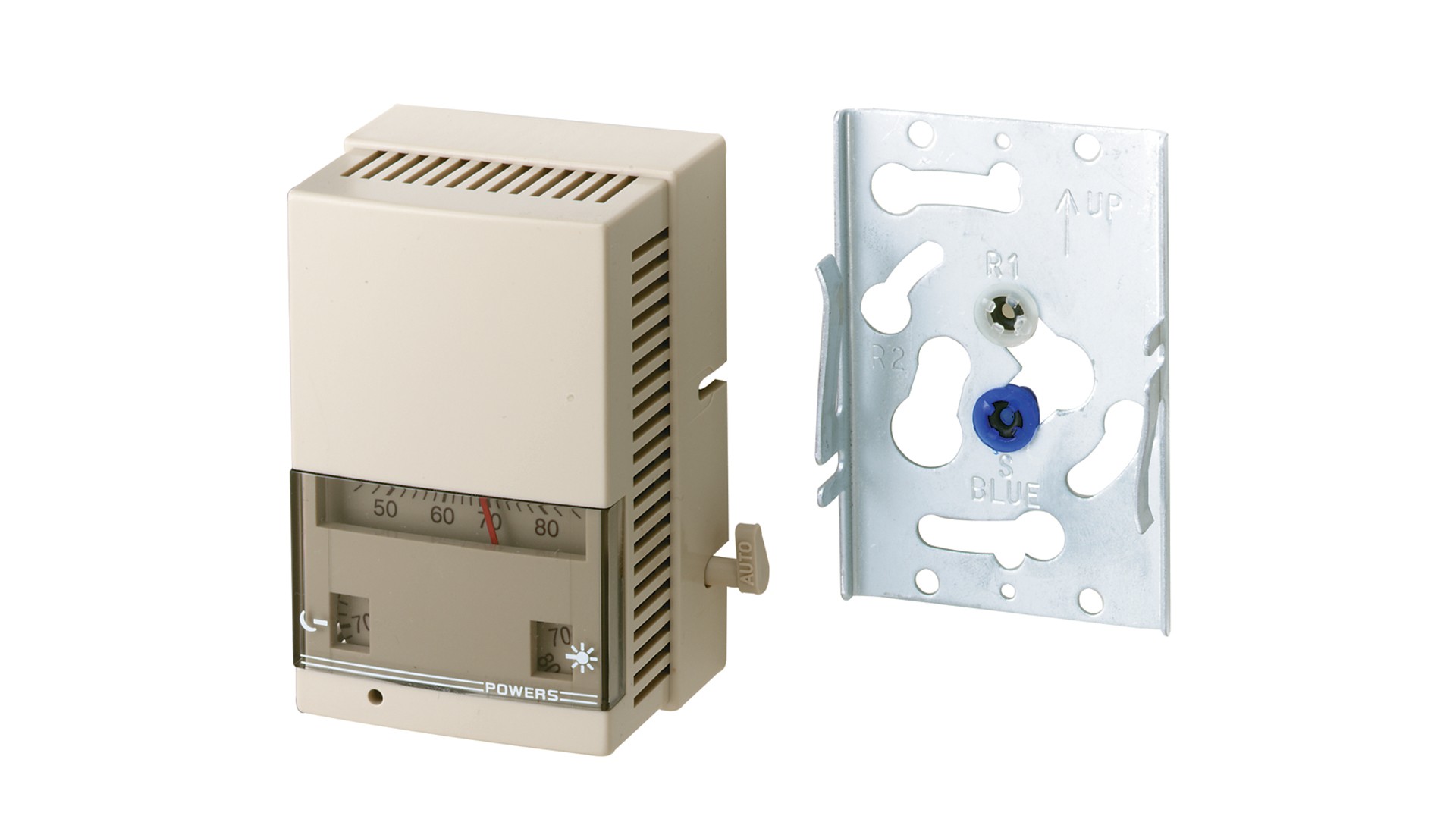
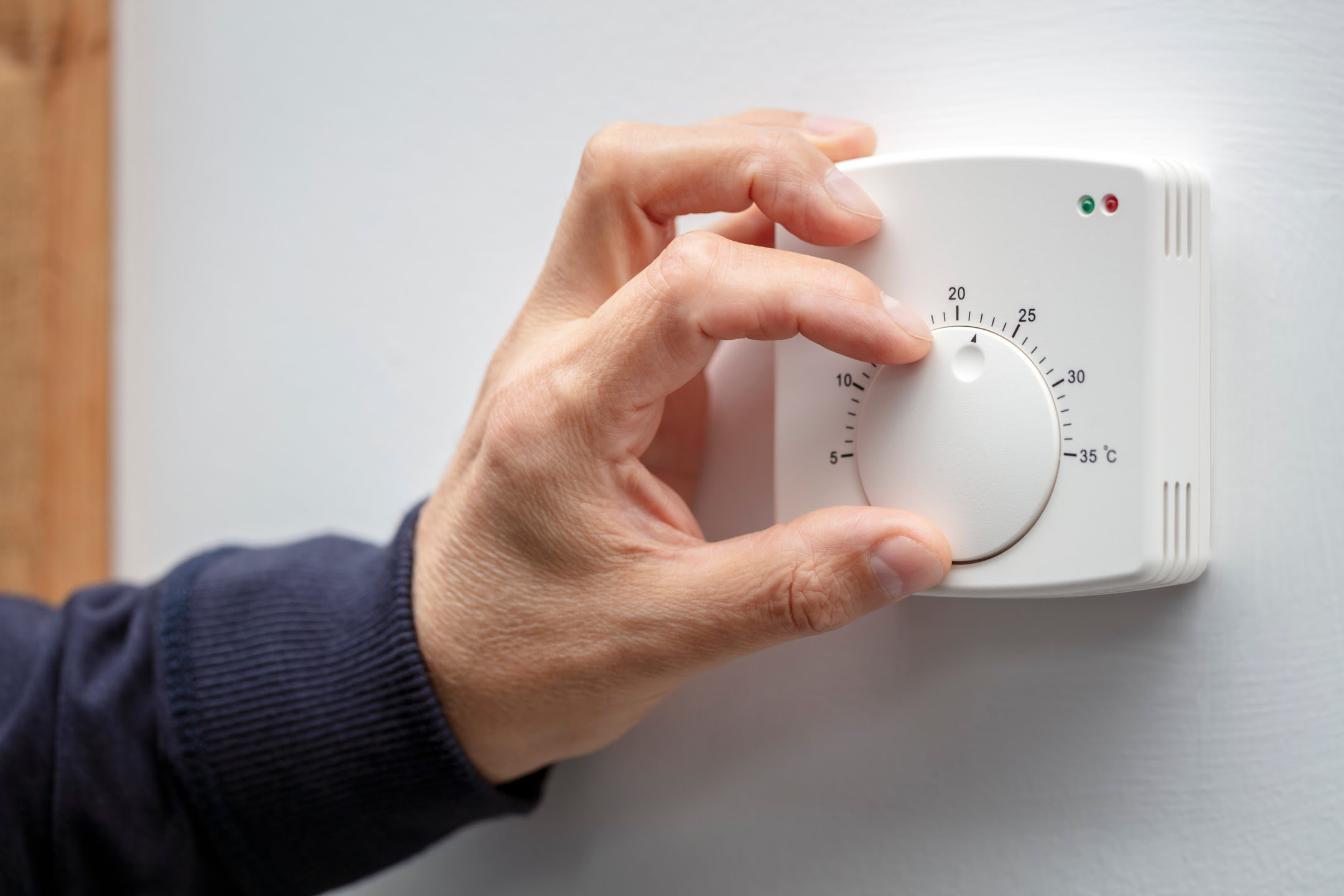
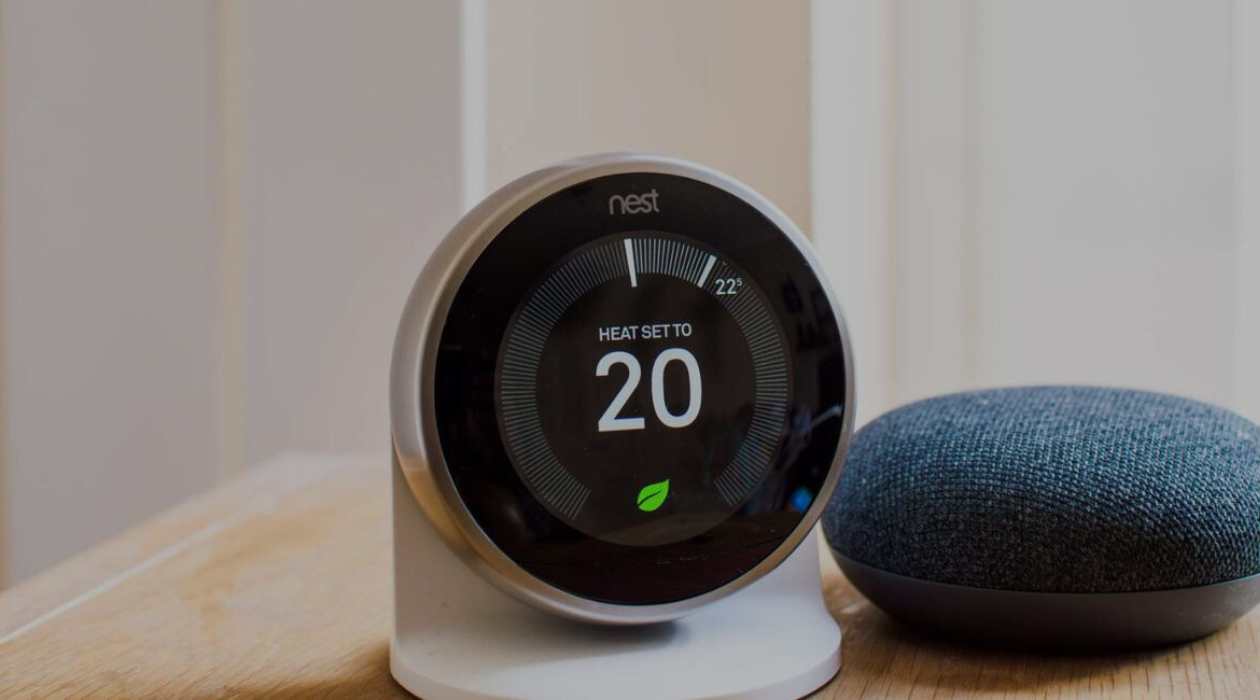
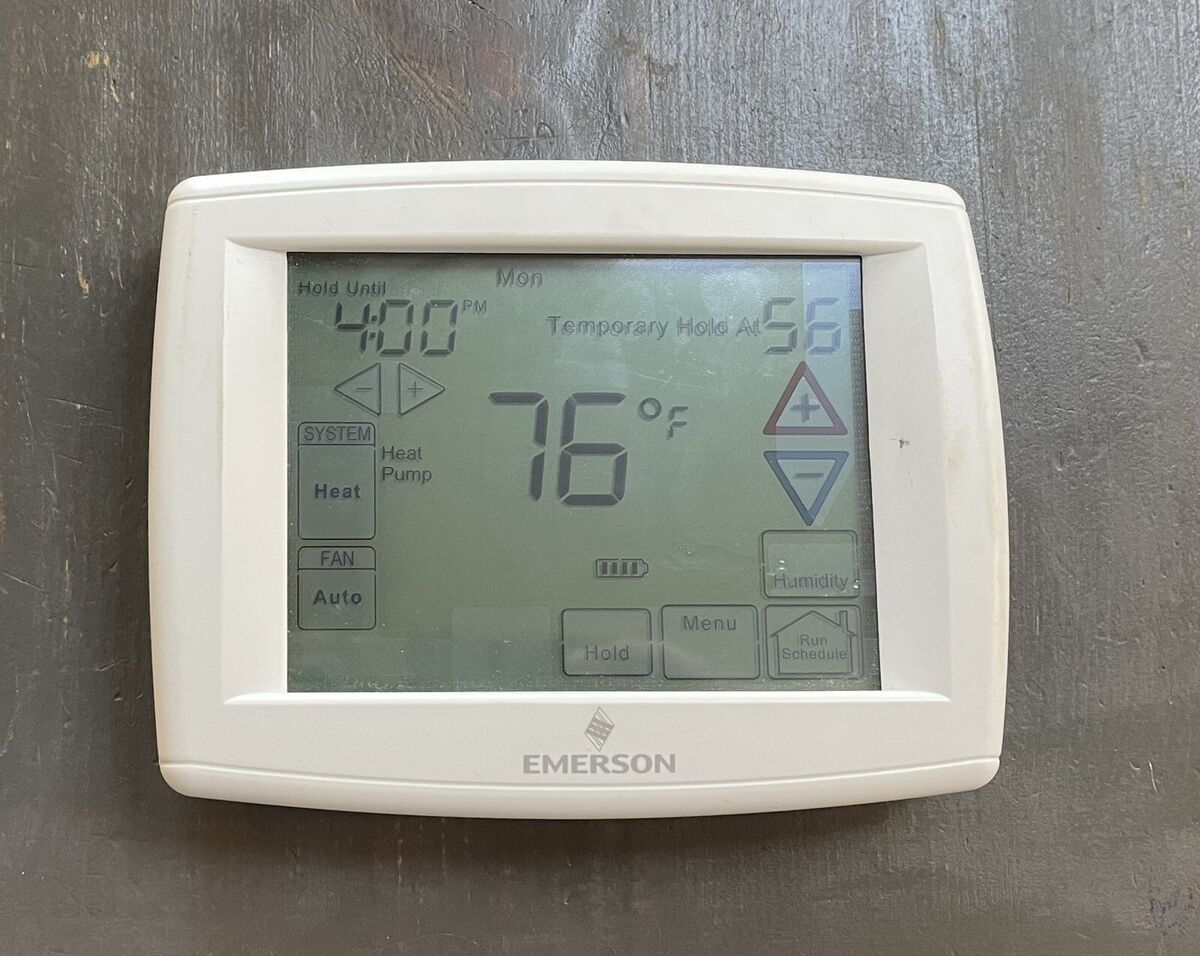
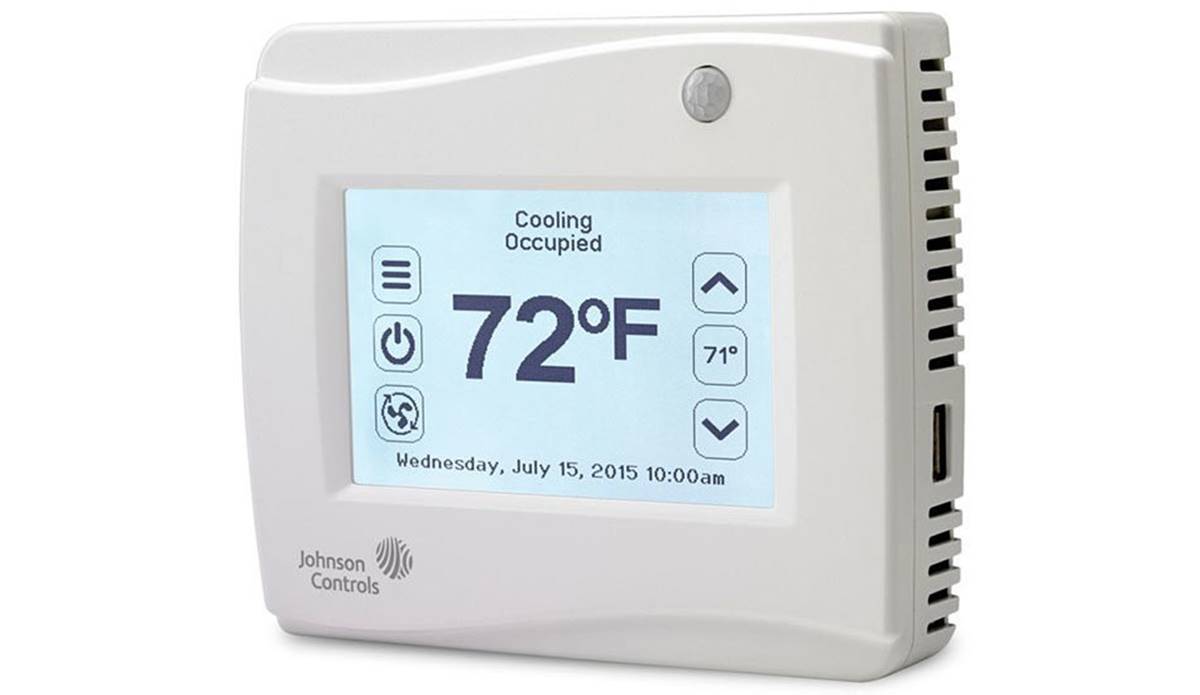

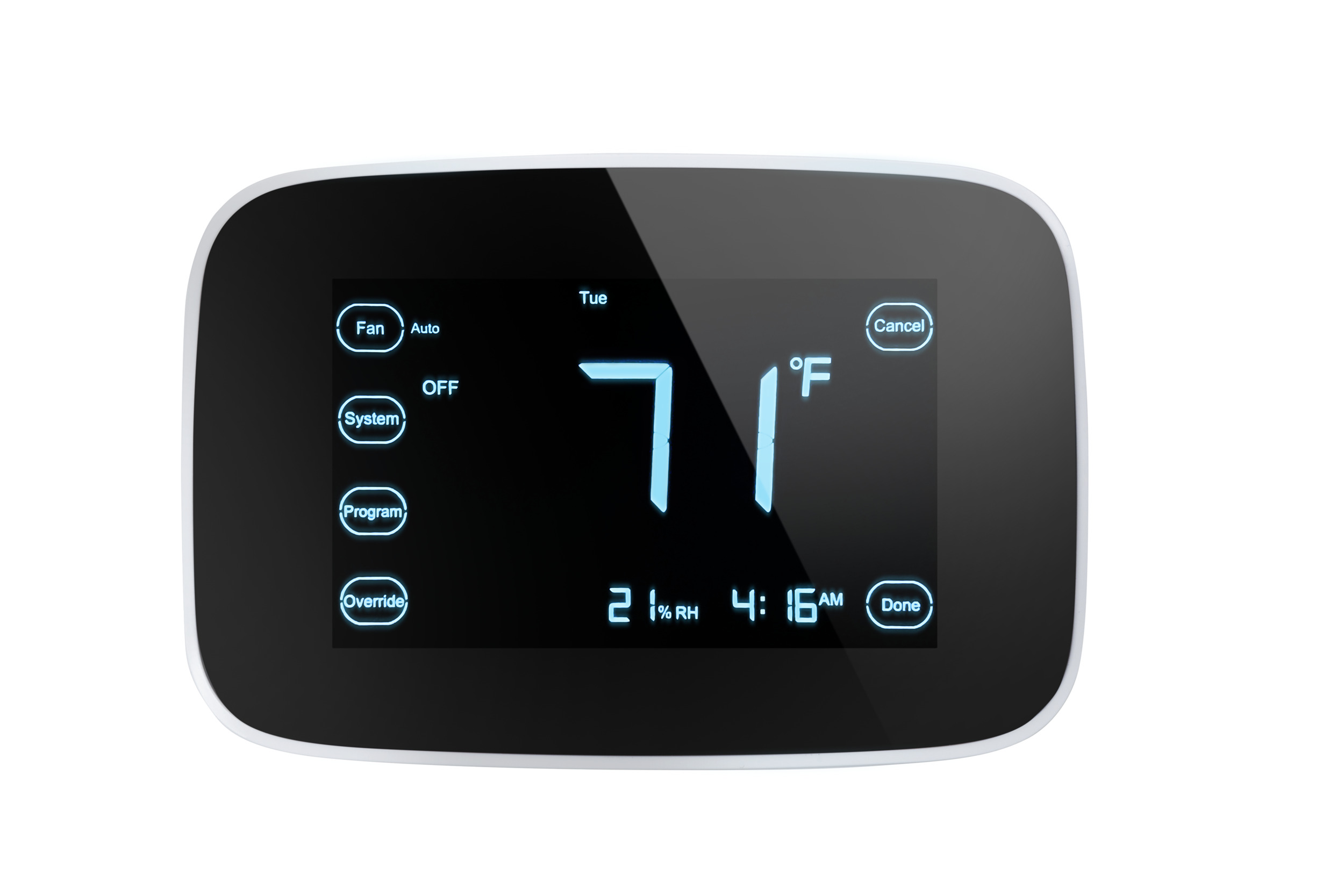
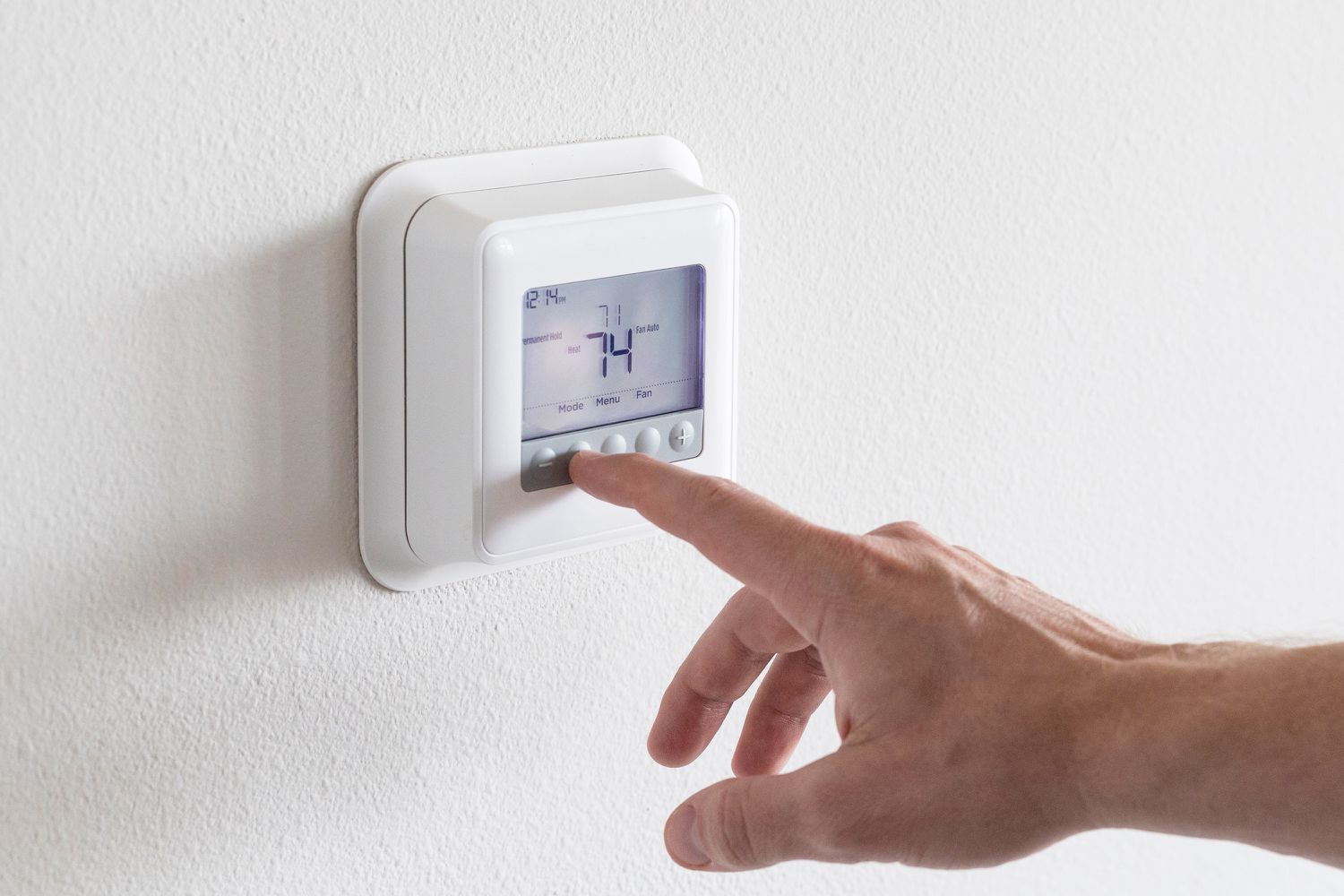
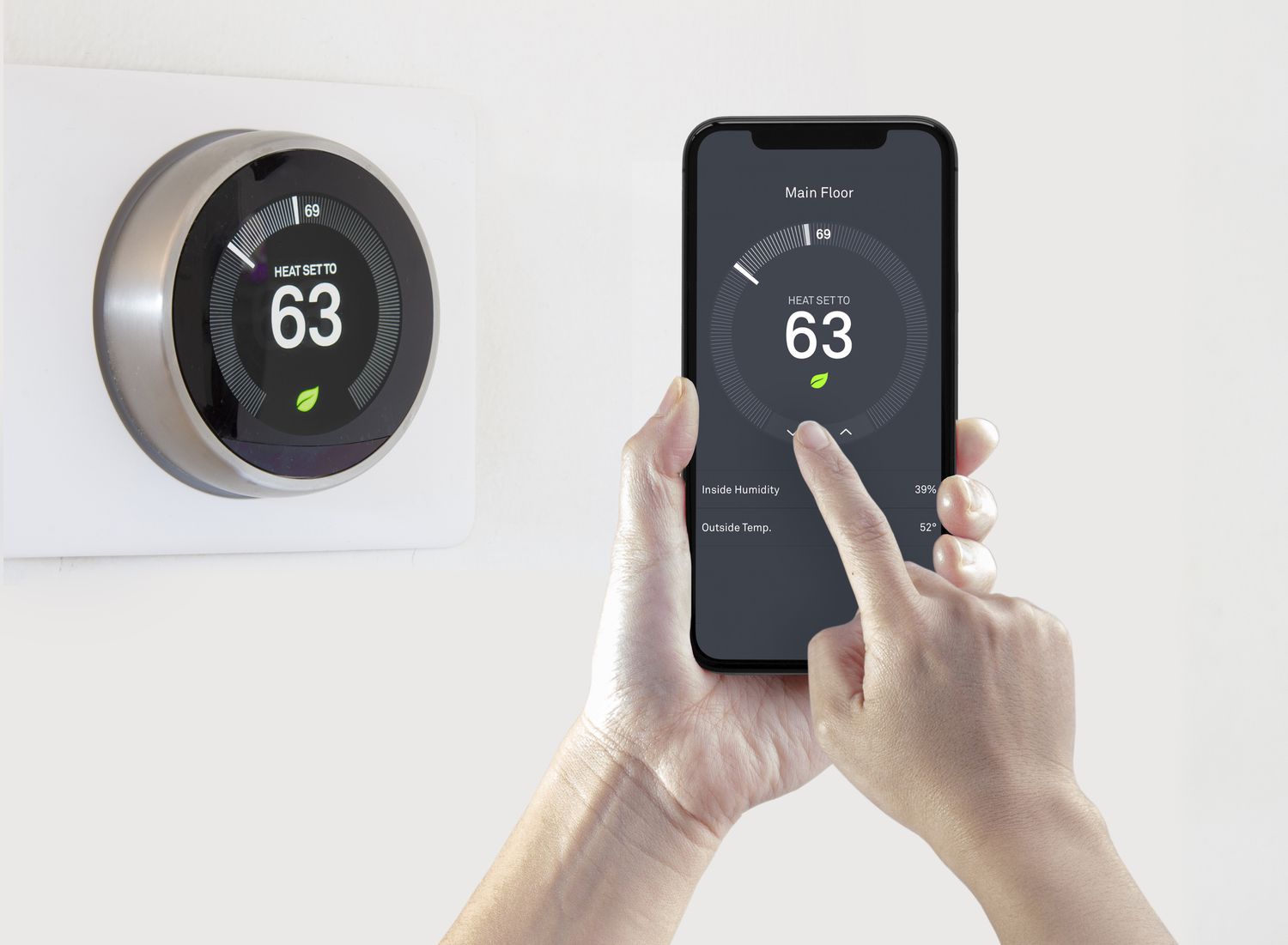
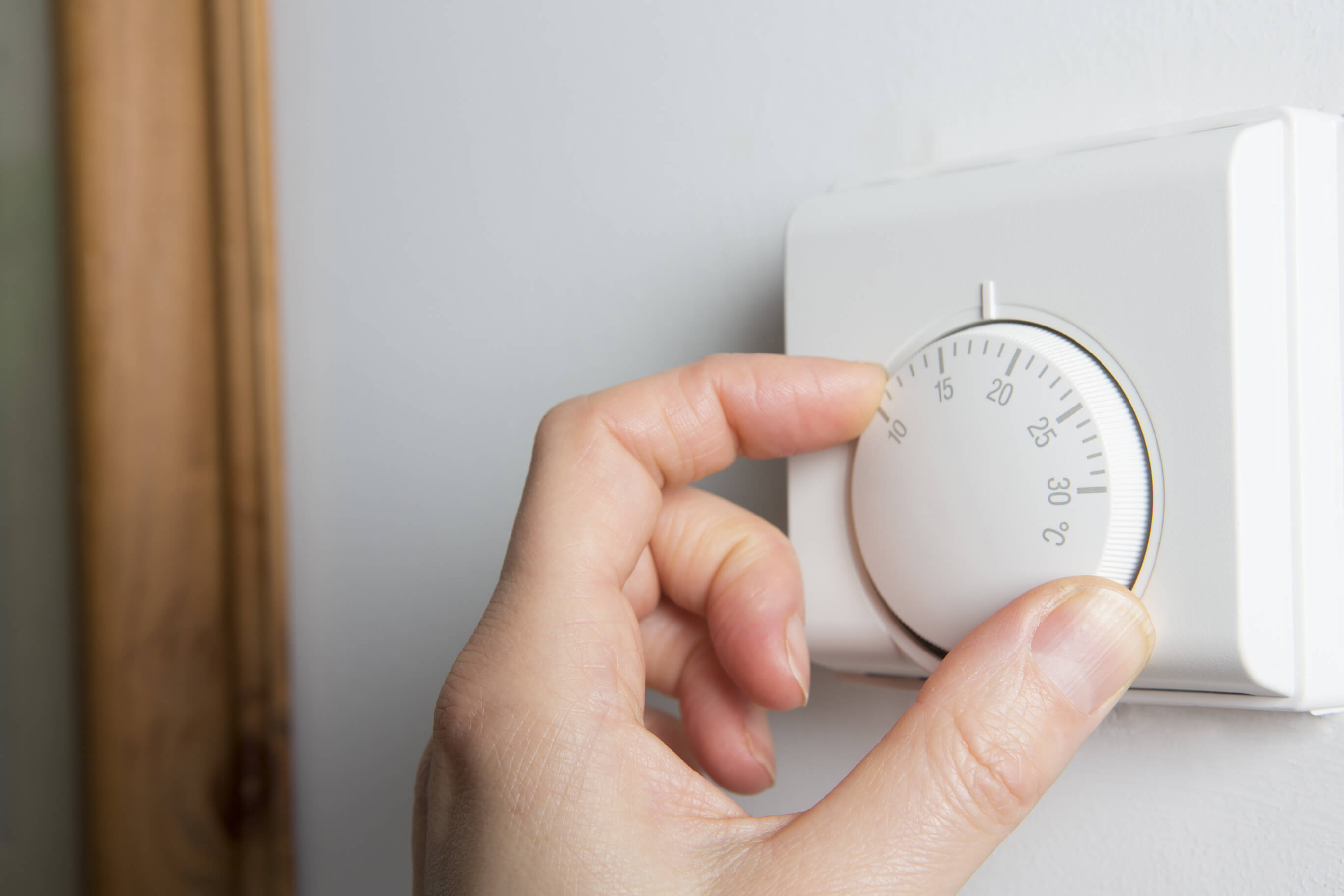
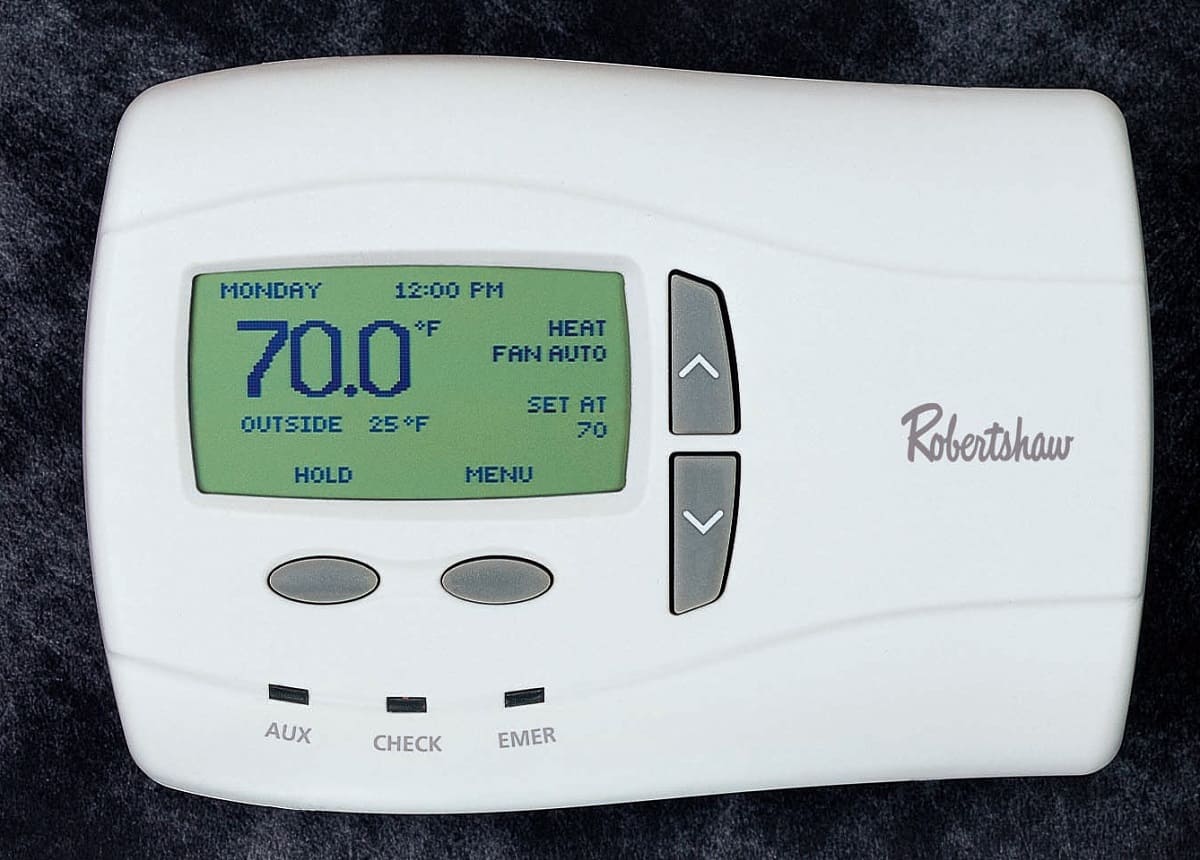
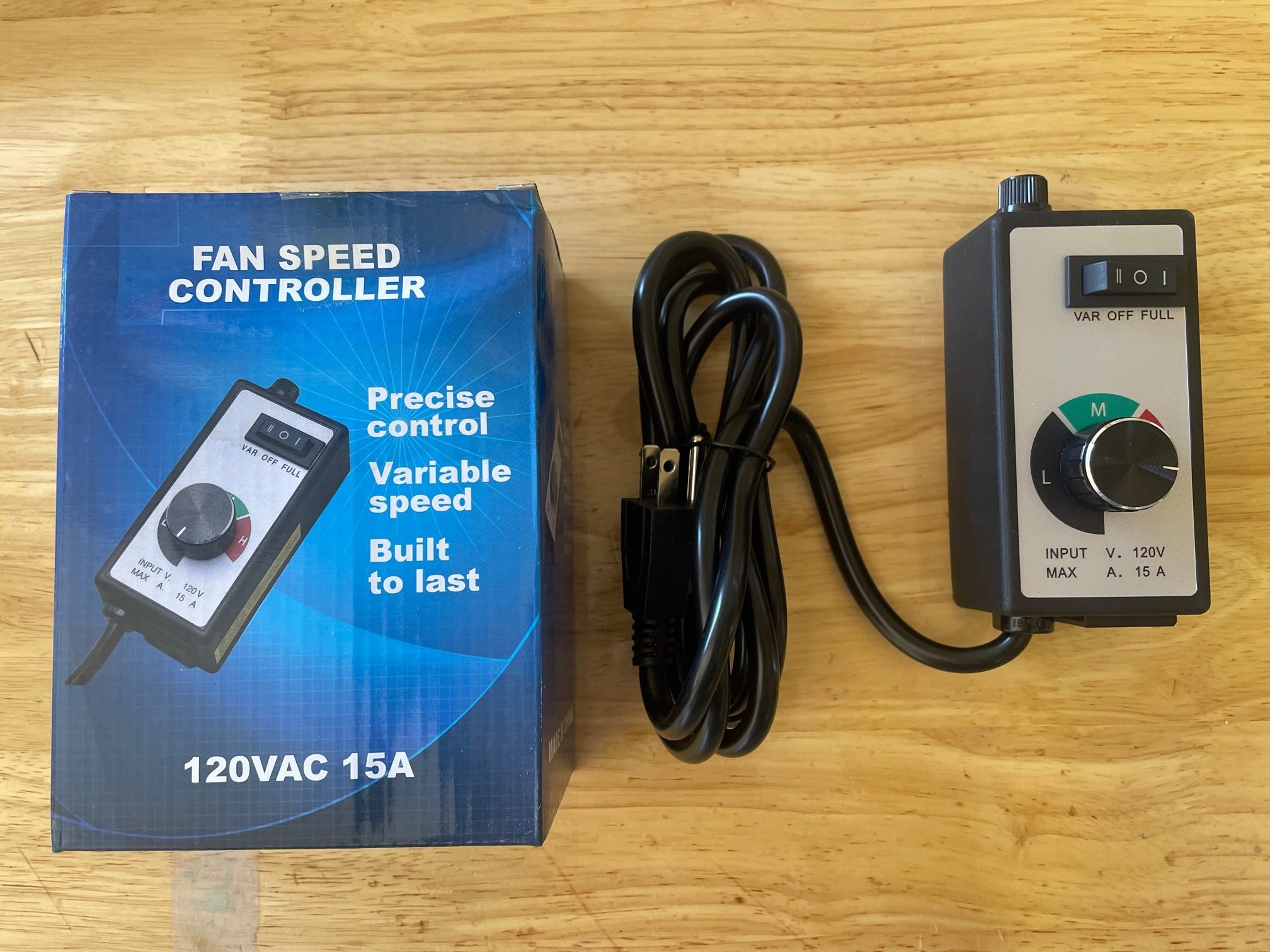
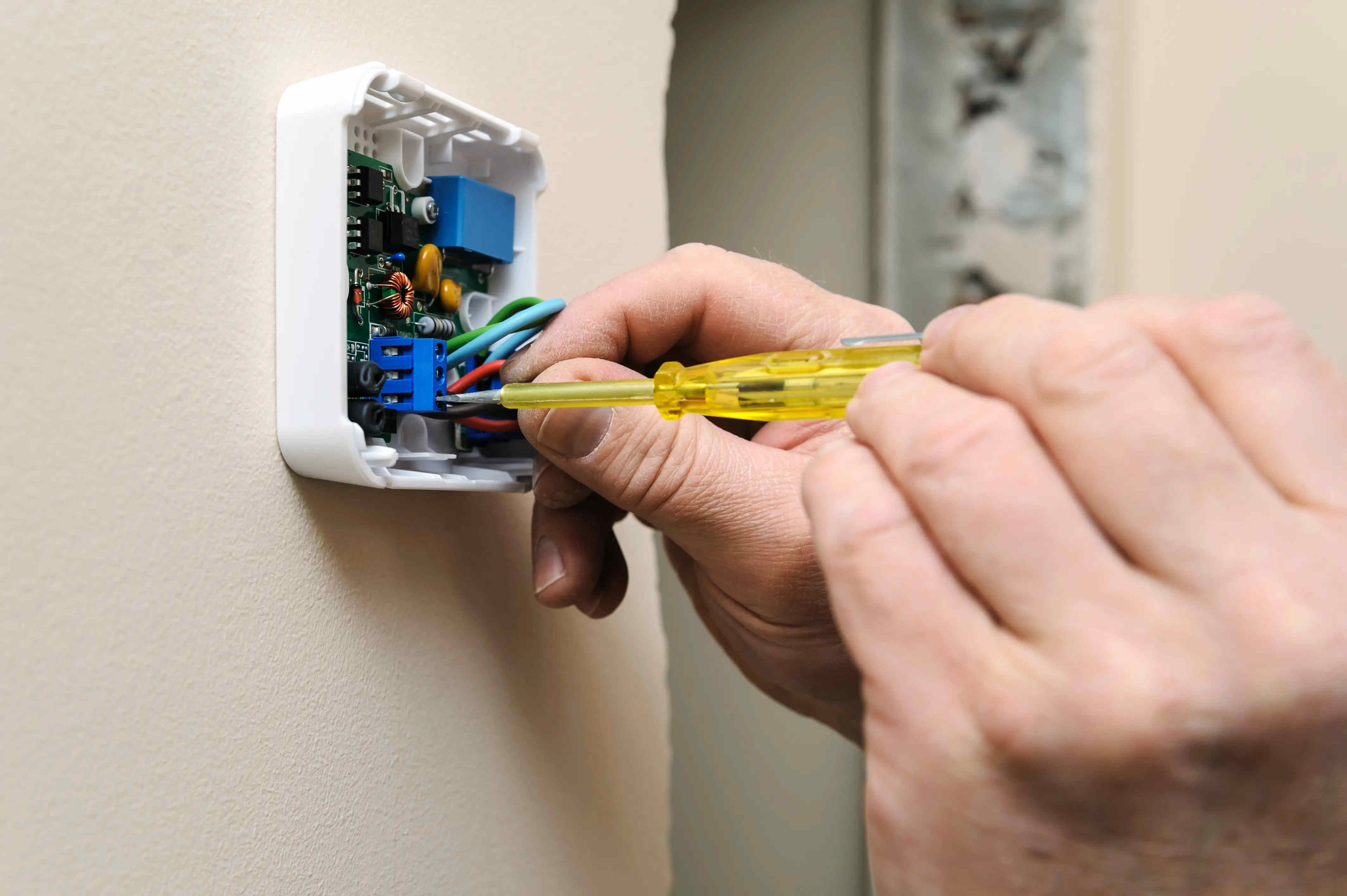

0 thoughts on “How To Work Thermostat Controls”